Here are some images from the Churchill Lab at UA and also some older ones from Hugh Churchill's PhD and postdoctoral work at Harvard and MIT.

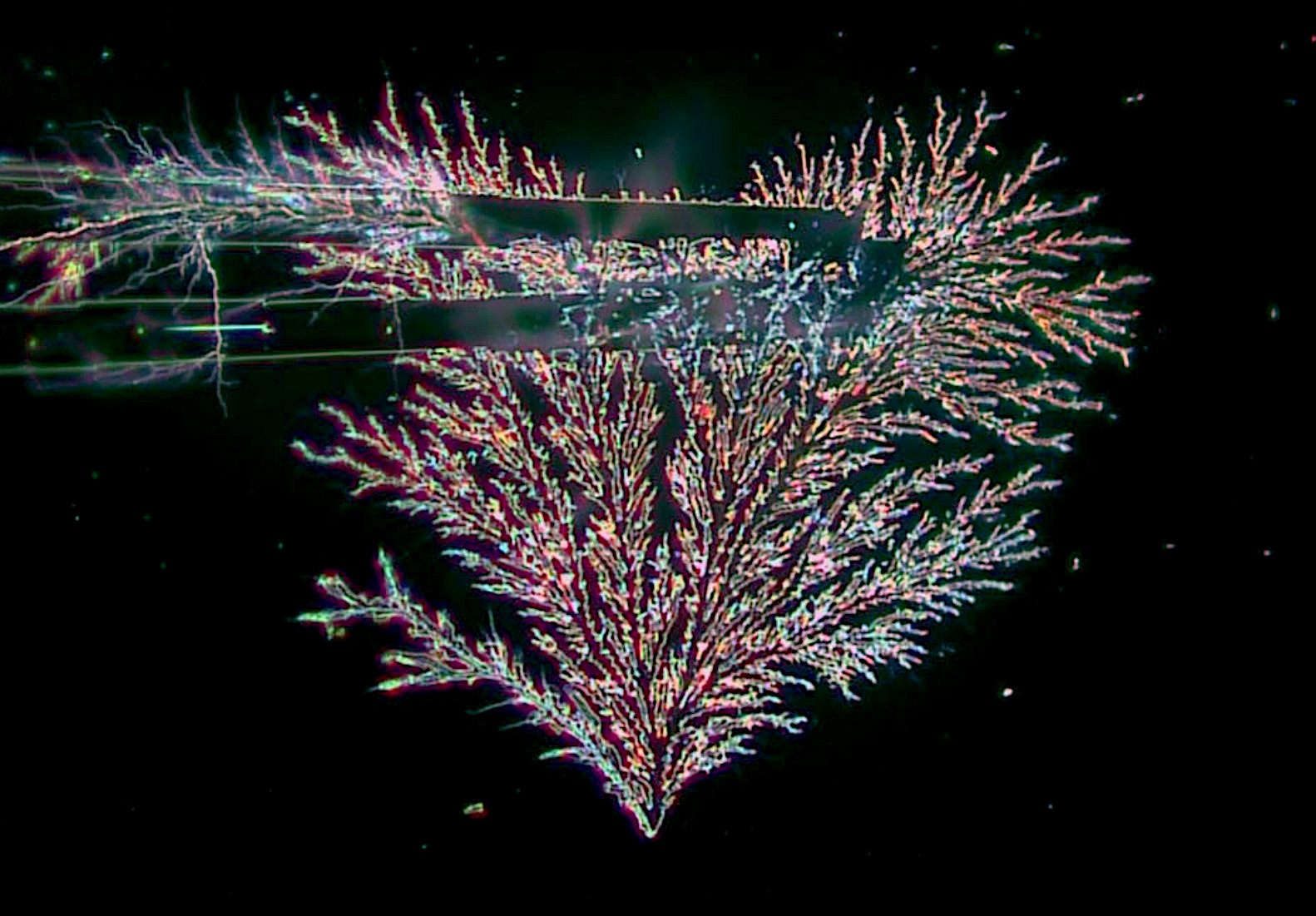
When electron beam lithography is done on insulating substrates not coated with a conducting film, exposure of the resist during dielectric breakdown can result in a beautiful failure! Image courtesy of William Shattuck and Peter Gea.
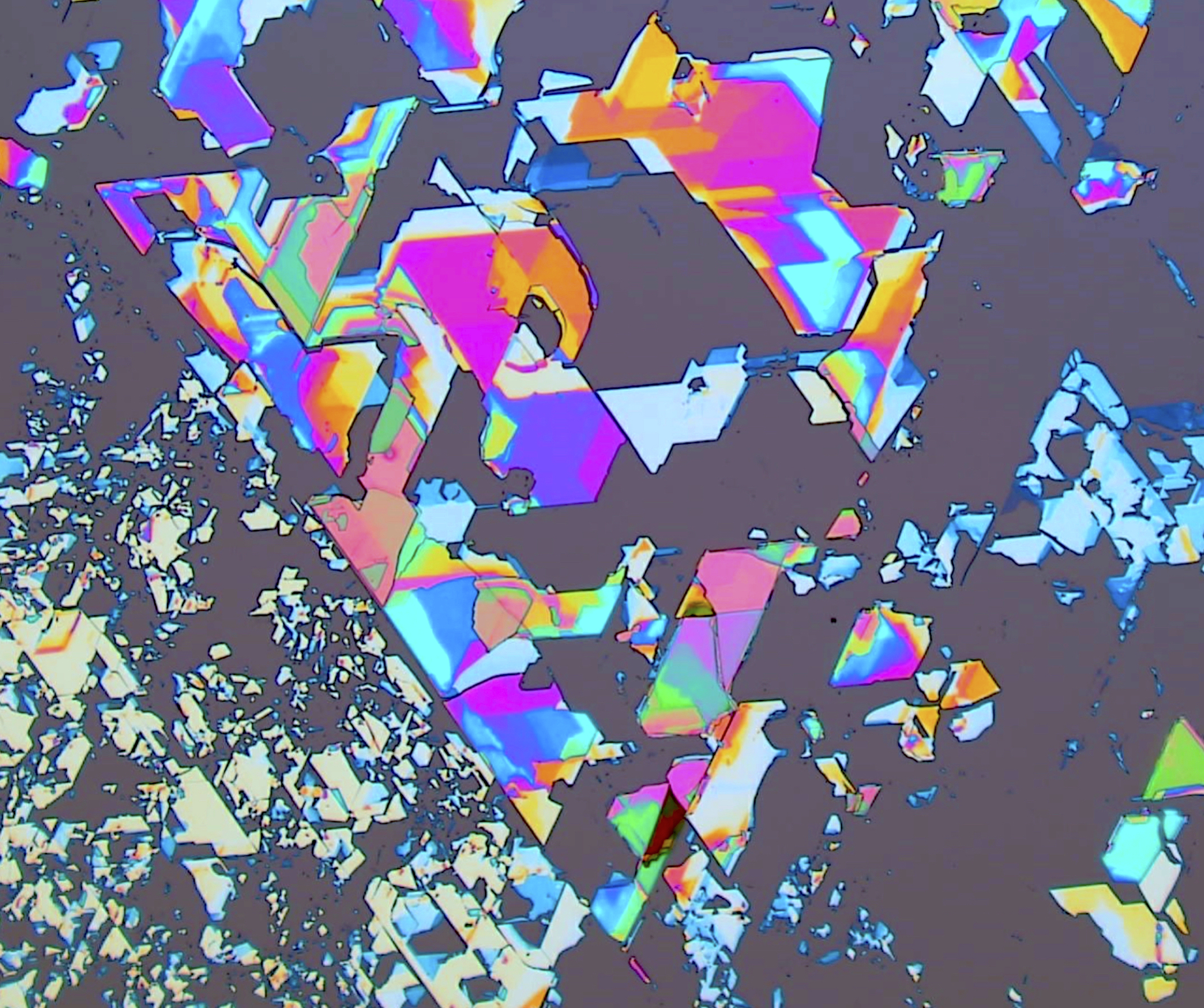
Thin film interference produces all the colors of the rainbow for this extremely cleavable layered antiferromagnet.
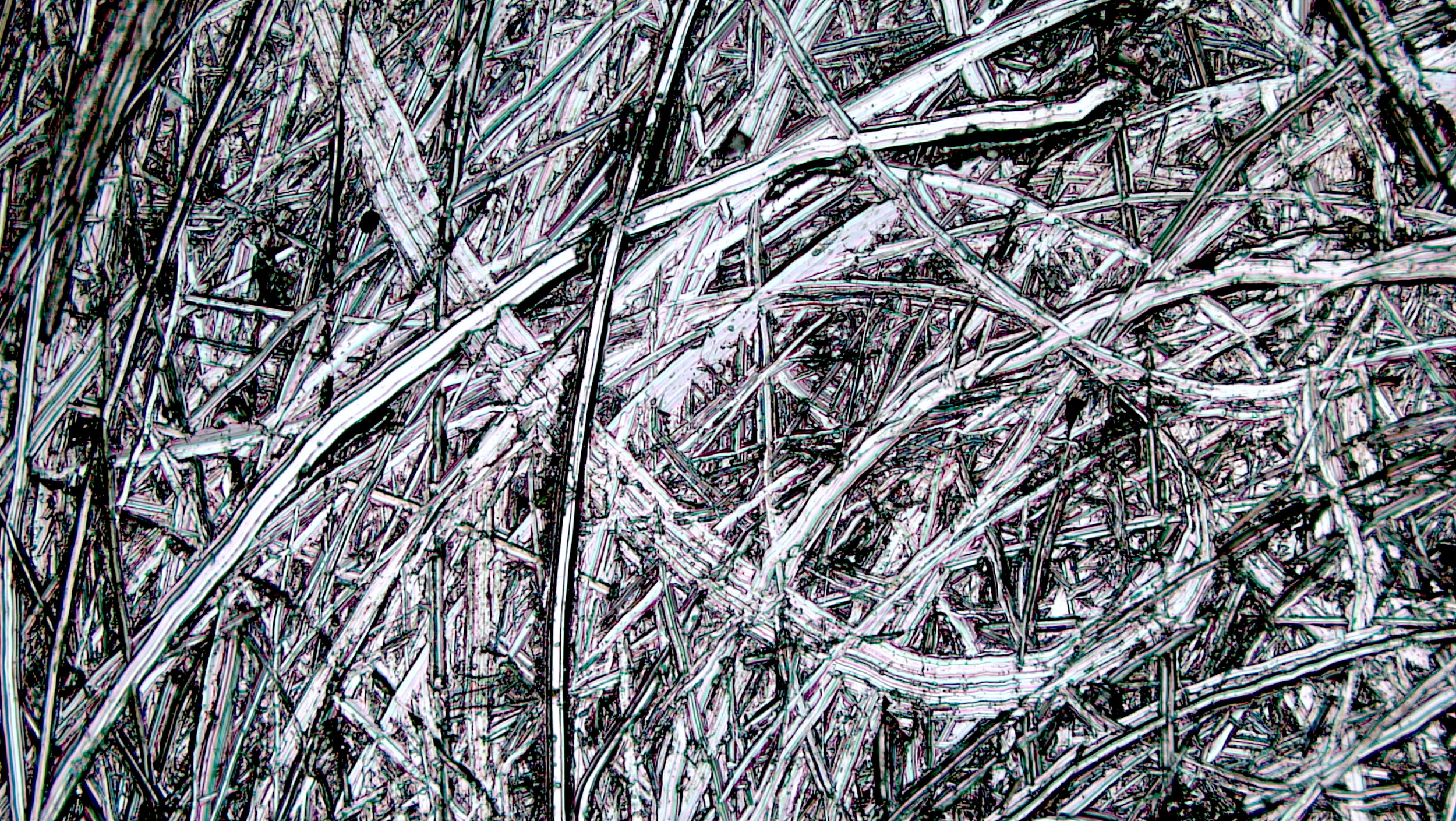
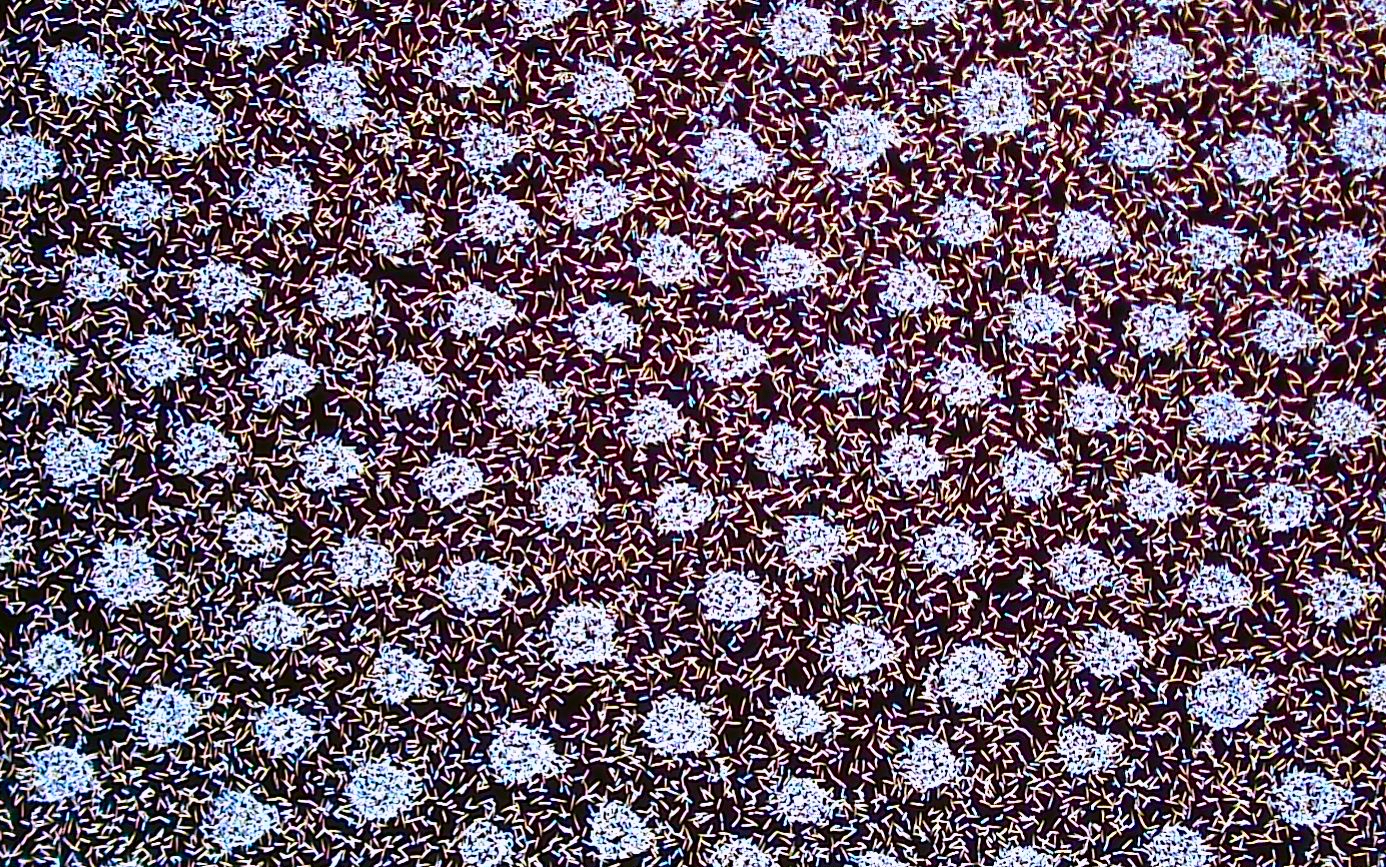
Self-assembled lattice of nanowire clusters organized during physical vapor deposition growth of tellurium. Image courtesy of Rabindra Basnet and Krishna Pandey.
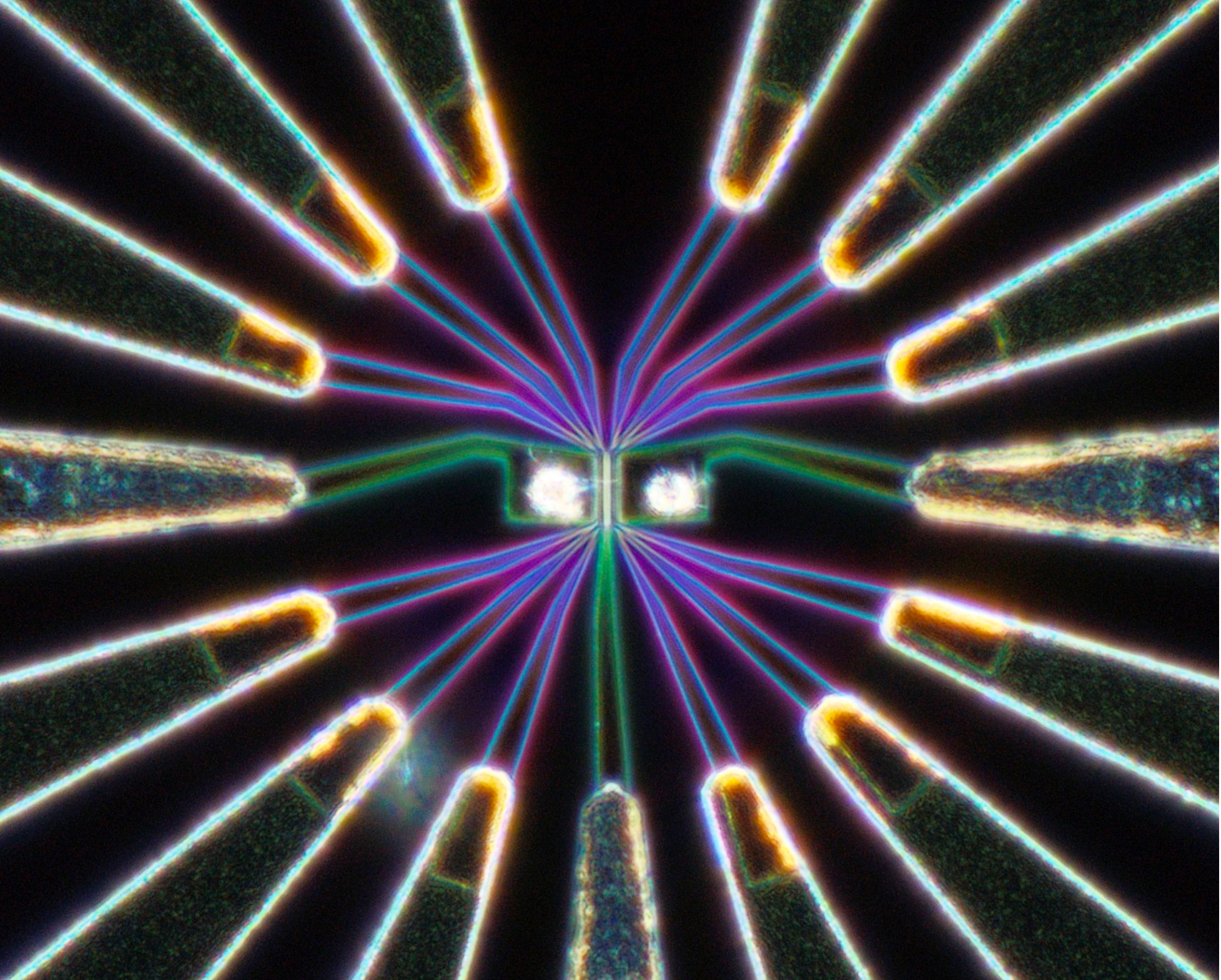
Dark-field optical microscope image of a carbon nanotube grown over pre-patterned contacts and gate electrodes. With Charles Marcus group, Harvard University.

SEM image of CVD-grown carbon nanotubes, contrast inverted. With Charles Marcus group, Harvard University.
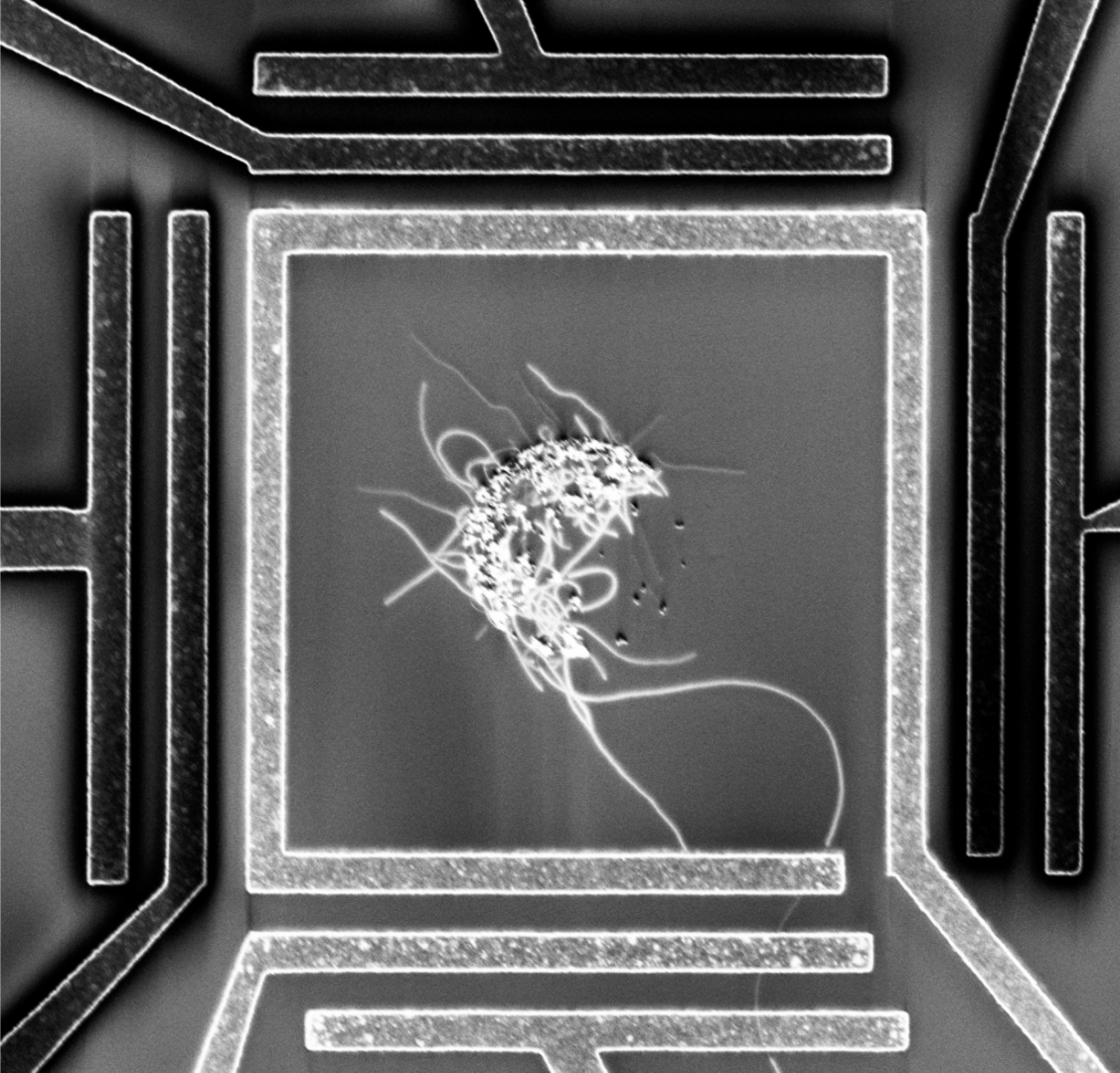
SEM image of a carbon nanotube draped over pre-patterned contact metal. The metal is lighter where contacted by the nanotube because those lines are shorted together and have a longer RC charging time in the SEM. With Charles Marcus group, Harvard University.
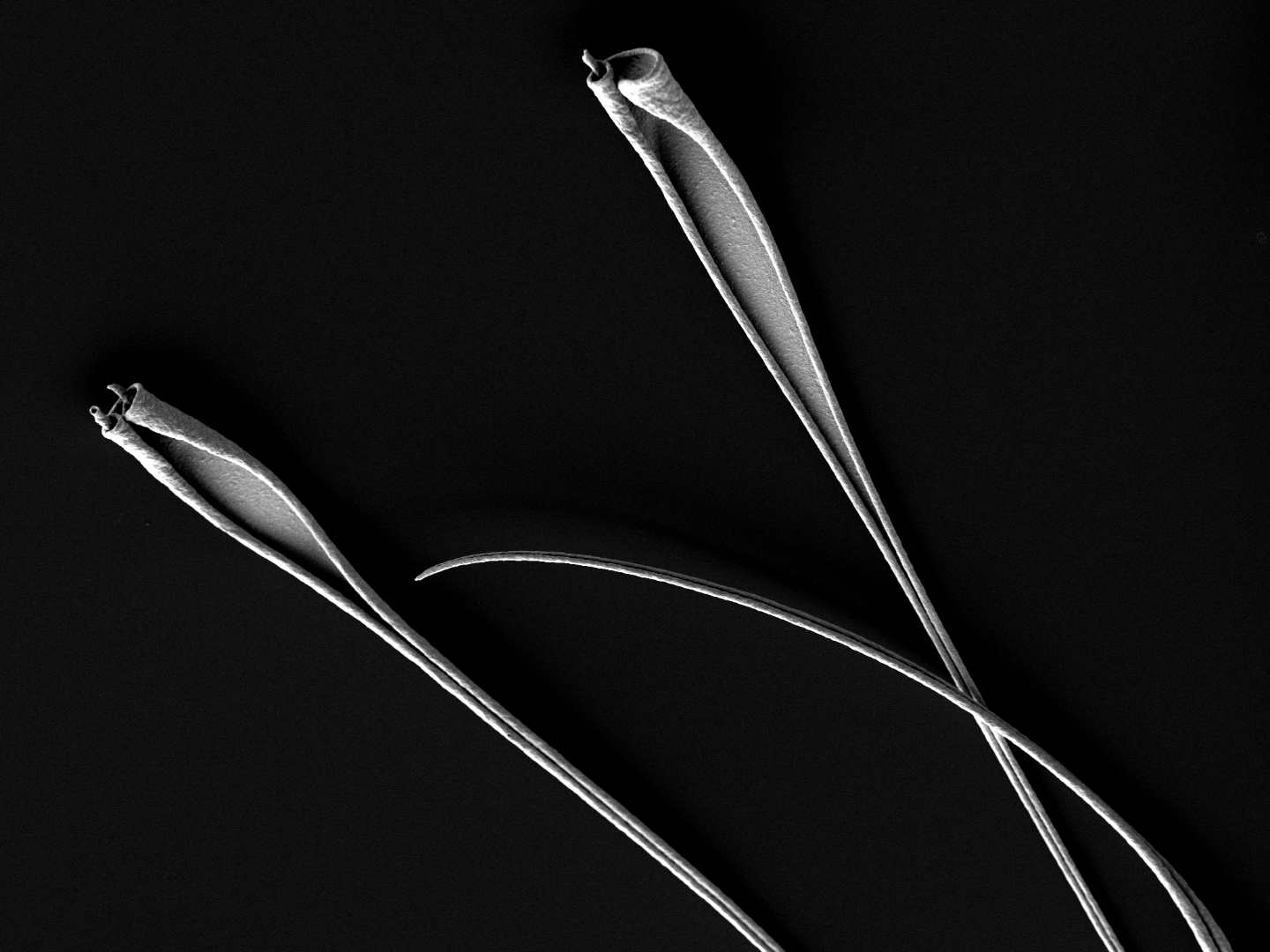
Bond pads for a device curled up during carbon nanotube growth at 900 degrees C, resulting in this attractive fabrication mistake. With Charles Marcus group, Harvard University.

An InSb nanowire is contacted on the left by gold and on the right by the superconductor NbTiN for tunneling measurements. With Charles Marcus group, Harvard University.

Scanning electron micrograph of a three-atom thick WSe2 LED, with an artificial rendering of the light emission. With Pablo Jarillo-Herrero group, MIT; image credit Hugh Churchill and Felice Frankel.
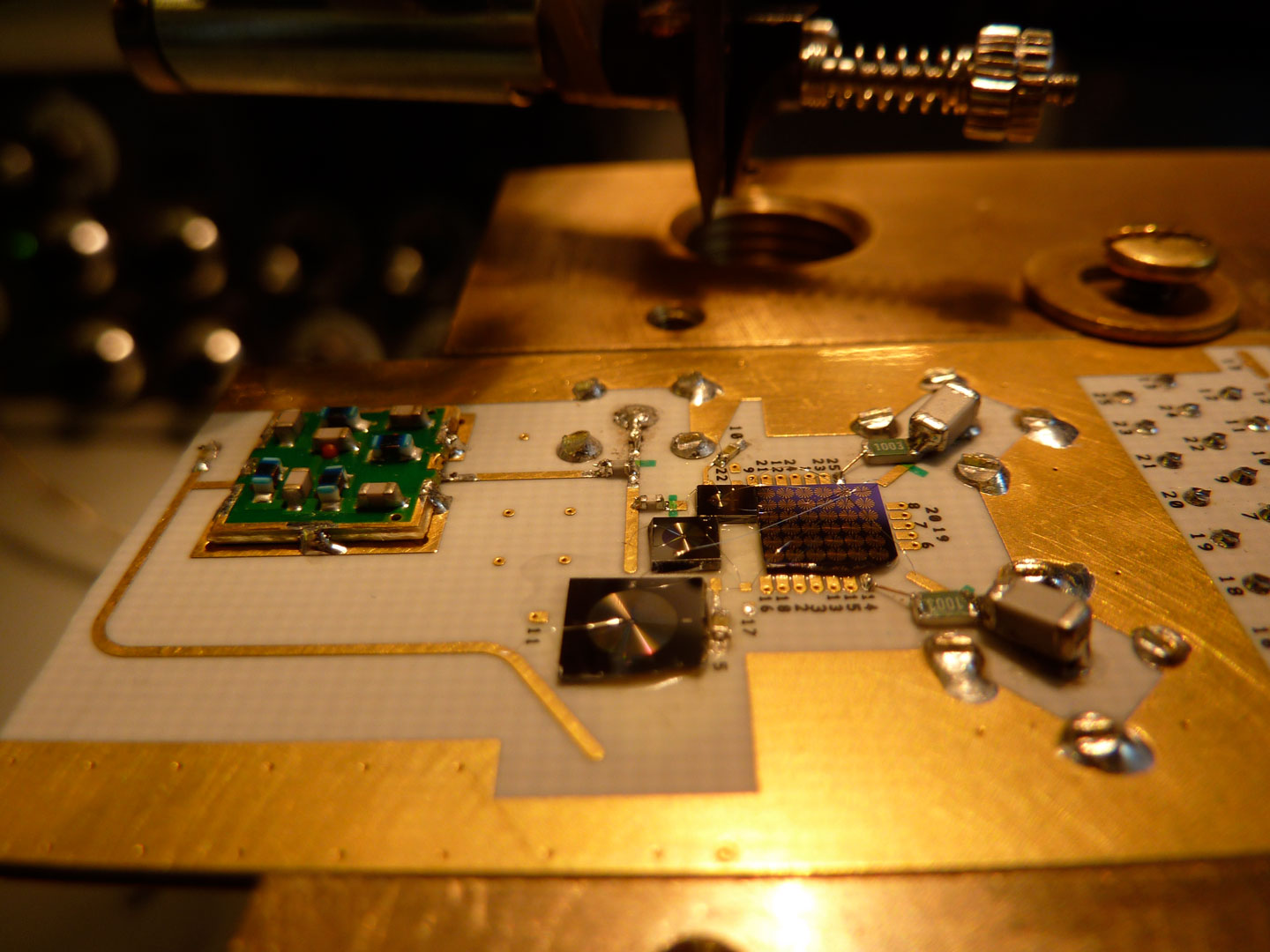
Custom PCB for radio frequency reflectometry measurements of carbon nanotube quantum dots. With Charles Marcus group, Harvard University.











